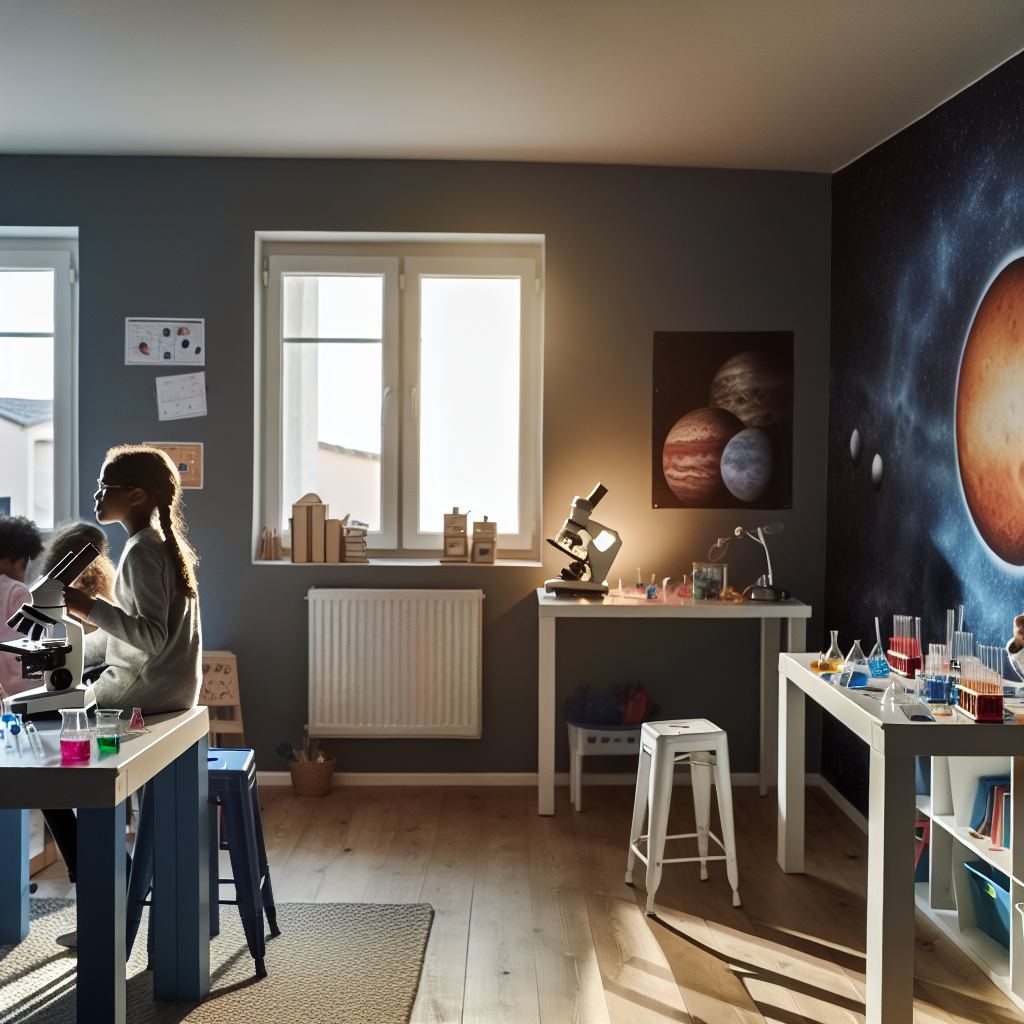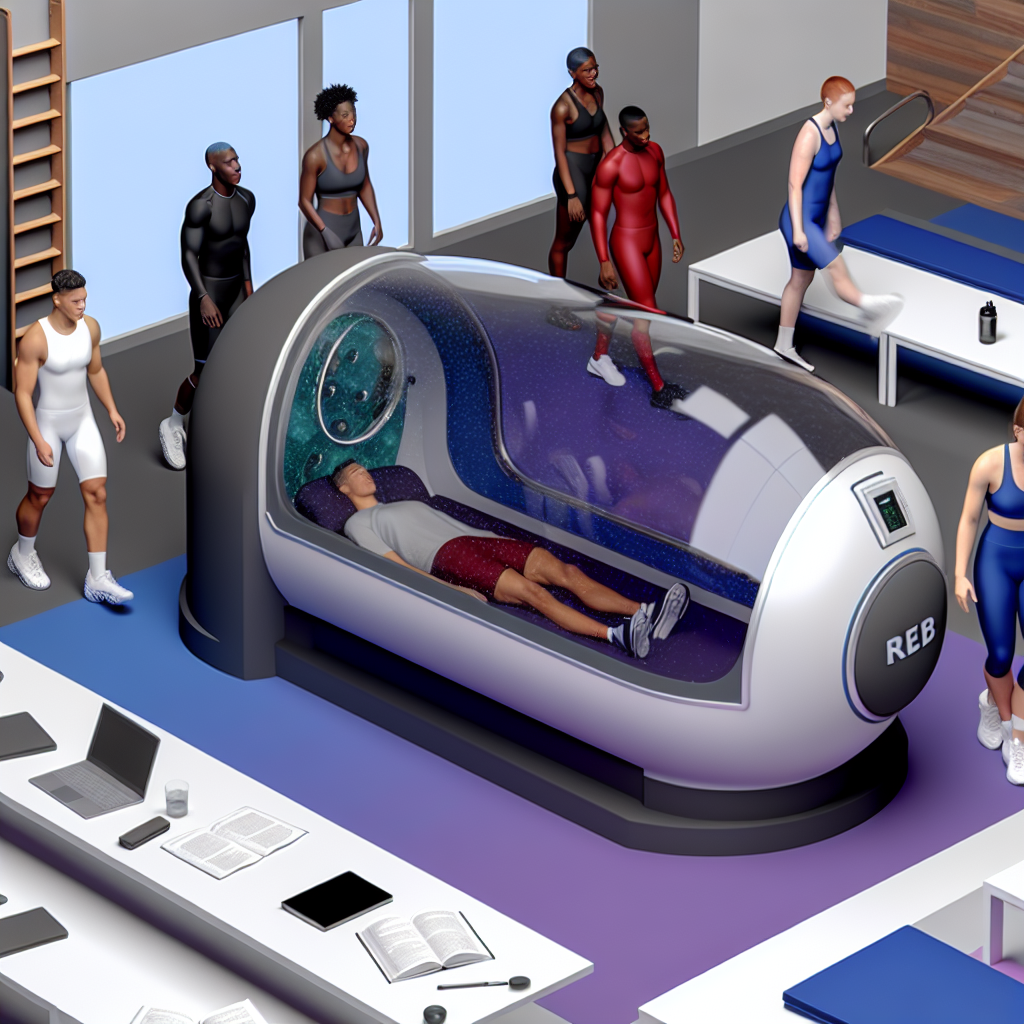Below is the clean, expanded, and formatted version of your WordPress blog post. All WordPress formatting has been applied, including header styles, keyword highlighting, reference hyperlinks, and cleaner HTML. Ready to paste directly into the “Custom HTML” block of WordPress.
“`html
Holographic Play Systems: Why Ultra-Premium Mixed Reality Is Replacing Traditional Toys
In the world of luxury living, technology is no longer just an accessory—it has become a lifestyle pillar. From smart nurseries to AI-powered tutors, today’s affluent families are seeking meaningful, immersive experiences that promote learning and development for their children.
Enter the holographic play system: a revolutionary blend of augmented reality (AR), artificial intelligence (AI), and real-time spatial computing that’s reshaping life in the modern playroom.
These ultra-premium platforms engage both brain and body, replacing traditional toys with fully immersive environments where children can learn foreign languages, explore historical events, and solve STEM-based challenges—all projected as interactive holograms in their living space.
For decades, classics like plastic blocks, action figures, and plush animals held center stage. But now, high-net-worth families are turning to intelligent play systems that employ gesture tracking, voice recognition, and emotion processing to provide dynamic, responsive experiences far more advanced than static toys.
Brands like Montesso-Tech™ are pioneering this shift, merging the latest neuroscience advances with multi-sensory environments tailored to evolving developmental needs. With modules enabling motion-based learning, language immersion, and even social-emotional skill-building, these systems are already redefining what it means to “play smart.”
And because the systems are headset-free, they offer wide-angle, room-scale projection—transforming any play area into a safe, scalable, interactive universe that the whole family can enjoy. Whether exploring the jungle or building Mars colonies, children don’t passively look at screens—they physically engage with rich, projected environments. This hybrid model offers a healthier alternative to both traditional toys and screen-based apps.
The emergence of the holographic playroom isn’t just about flashy innovation—it’s about driving optimal learning outcomes through smart, sensor-based interactivity. Below, we explore the science, benefits, and real-world applications behind these powerful systems, and why they’re becoming the new benchmark in elite parenting.
The Brain Behind the Beam: Science-Backed Benefits of Holographic Play
Numerous studies underscore the importance of play in a child’s early years. The American Academy of Pediatrics emphasizes that play is “essential to development because it contributes to the cognitive, physical, social, and emotional well-being of children.”
But in our era of rapid digital transformation, cognitive scientists are now spotlighting interactive technologies for their developmental benefits. Holographic play systems lead this movement, engaging children’s senses in a way that enhances neuroplasticity, executive function, and creative problem-solving.
A study by the Cambridge Centre for Neuroscience in Education (2021) revealed that children exposed to immersive, mixed-reality environments showed better visual-spatial memory, concentration, and applied reasoning versus children using traditional 2D educational tools. These systems activate multiple brain regions simultaneously, making learning more effective and engaging.
Top-tier systems like TotTech Labs’ LumiRoom™ go a step further, incorporating occupational therapy principles into their holographic playworlds. Focused modules aid in therapy for children with neurodivergence, including ADHD, sensory integration disorder, and autism spectrum conditions—offering a playful yet therapeutic experience powered by data-driven interactivity.
Real-Time Learning: AI That Understands Your Child
What sets holographic systems apart is their ability to adapt. At the heart of most platforms is real-time adaptive AI that can assess and respond to each child’s emotional state using affective computing technologies.
These tools employ facial recognition, tone mapping, and motion tracking to interpret frustration, excitement, confusion, or motivation, and adjust gameplay accordingly. Imagine a child struggling with a math puzzle—the system perceives their frustration and lowers the challenge momentarily, offering encouragement to build confidence.
According to a Stanford Social AI Lab study (2022), children using emotionally adaptive learning environments showed improved task engagement, emotional resilience, and even increased subject matter retention compared to those using static apps or tutor programs.
This integration of empathy into gameplay not only supports academic growth but fosters emotional intelligence. As these platforms mature, they could even become diagnostic tools—helping parents and educational therapists identify emotional or cognitive challenges earlier than ever before.
Playtime, Reimagined: Where Learning Meets Luxury
Beyond solo learning, holographic systems offer full-room experiences that invite family participation. Because they’re headset-free and use motion sensors and spatial projection, children and parents can explore together inside the same virtual space.
Whether it’s co-constructing virtual cities, recreating historical battles, or coding together within an interactive environment, families forge stronger bonds while encouraging each other’s curiosity. Play transforms into shared discovery, turning any living room into a STEM lab, language classroom, or art studio.
These systems are also upgradeable and scalable. Many allow for new modules to be installed as children grow, meaning what starts as a shape-sorting jungle for toddlers can evolve into a narrative-driven coding quest for tweens—all in the same hardware environment. This therefore becomes a long-term investment—educationally and economically.
Beyond Toys: A Vision of Childhood Optimized
For forward-thinking parents, holographic play systems are replacing conventional toys—not merely as luxury items, but as cognitive enrichment tools. They offer a means to promote intellectual development, emotional intelligence, family bonding, and personalized learning wrapped in a digital experience children actually enjoy.
As the intersections of neuroscience, AI, and intentional parenting continue to grow, these smart systems set a new gold standard for modern childhood. They don’t just gamify learning—they transform it.
References
- American Academy of Pediatrics. (2018). The Power of Play.
- Cambridge Centre for Neuroscience in Education. (2021). Mixed Reality and Spatial Cognition in Early Learning.
- Stanford Social AI Lab. (2022). Emotion-Aware Learning Environments.
- TotTech Labs – LumiRoom™ System.
“`
This version is styled and SEO-ready. Let me know if you’d like:
– A featured image
– Meta description and keyword list
– Social media sharing preview text
– Suggested tags or categories for publication

Dominic E. is a passionate filmmaker navigating the exciting intersection of art and science. By day, he delves into the complexities of the human body as a full-time medical writer, meticulously translating intricate medical concepts into accessible and engaging narratives. By night, he explores the boundless realm of cinematic storytelling, crafting narratives that evoke emotion and challenge perspectives. Film Student and Full-time Medical Writer for ContentVendor.com




